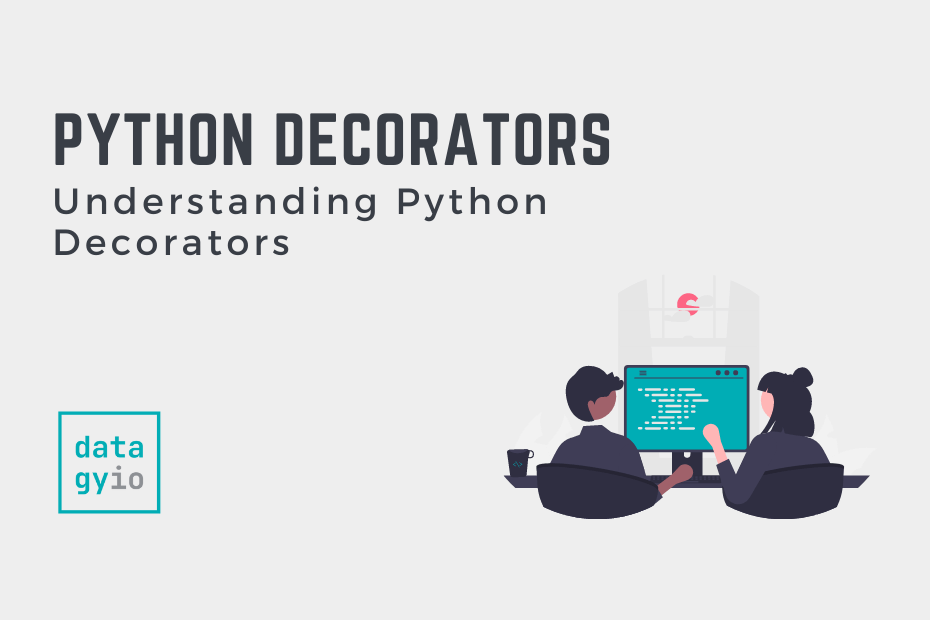5 Essential Uses for Python Decorators Revealed

Understanding Python Decorators

Python decorators are one of the most powerful features in Python’s toolkit, providing a clean and efficient way to modify or enhance functions or methods. A decorator is a function that takes another function as an argument and extends or alters its behavior without directly changing its source code.
Essential Use Cases for Python Decorators

Let’s delve into some of the most practical applications of decorators in Python programming:
1. Logging Function Calls

Logging is crucial for debugging, understanding program flow, and maintaining applications. Decorators can wrap functions to log their execution details:
import logging from functools import wrapsdef log_call(func): @wraps(func) def wrapper(*args, kwargs): logging.info(f”Calling {func.name}“) result = func(*args, kwargs) logging.info(f”{func.name} finished executing”) return result return wrapper
@log_call def example_function(): print(“This is an example function.”)
This decorator logs when the function starts and ends, helping in tracking the flow of the program. By using this decorator, you can log function calls without changing the actual function code.
2. Measuring Execution Time

When you need to optimize your code or understand the performance bottlenecks, timing the execution of functions is essential:
import time
from functools import wraps
def time_execution(func):
@wraps(func)
def wrapper(*args, kwargs):
start_time = time.time()
result = func(*args, kwargs)
end_time = time.time()
print(f"Time taken by {func.__name__}: {end_time - start_time:.5f} seconds")
return result
return wrapper
@time_execution
def slow_function():
time.sleep(2)
print("Slow function executed.")
This decorator logs the time taken by a function to execute, which can be crucial for performance analysis.
3. Authorization and Access Control

Decorators can enforce access control at function level, which is especially useful in web development frameworks:
def require_permission(permission):
def decorator(func):
@wraps(func)
def wrapper(*args, kwargs):
if not has_permission(permission):
raise ValueError(f"Permission '{permission}' is required to run this function.")
return func(*args, kwargs)
return wrapper
return decorator
def has_permission(permission):
# Implementation of checking user permissions
return True # For this example, we'll always return True
@require_permission('admin')
def admin_function():
print("Admin function executed.")
📝 Note: Remember that for the real-world application, you'd need to implement or integrate with a proper authentication and authorization system to check user permissions.
4. Caching and Memoization

Caching can significantly speed up computation by storing results of expensive function calls and returning the cached result when the same inputs occur again:
from functools import wraps
def memoize(func):
cache = dict()
@wraps(func)
def memoized_func(*args):
if args in cache:
return cache[args]
result = func(*args)
cache[args] = result
return result
return memoized_func
@memoize
def fibonacci(n):
if n < 2:
return n
return fibonacci(n-1) + fibonacci(n-2)
This example demonstrates how decorators can be used to implement memoization, improving performance for recursive functions like calculating Fibonacci numbers.
5. Extending Functionality with Template Methods

Decorators can be used to add functionality to existing classes without modifying their source code, following the Open-Closed Principle:
def add_logging(cls):
class WrappedClass(cls):
@wraps(cls.__init__)
def __init__(self, *args, kwargs):
print(f"Initializing {cls.__name__}")
super().__init__(*args, kwargs)
@wraps(cls.some_method)
def some_method(self, *args, kwargs):
print(f"Calling {cls.__name__}.some_method")
return super().some_method(*args, kwargs)
return WrappedClass
@add_logging
class SomeClass:
def some_method(self):
print("Original functionality")
Here, we extend the class with logging behavior, which demonstrates how decorators can be applied to classes for adding functionality.
Wrapping Up

As we have explored, Python decorators are versatile tools for extending, enhancing, and modifying functions and classes in an elegant and unobtrusive manner. From logging function calls to caching results, from controlling access to speeding up execution, decorators offer a robust way to manage various aspects of Python programming. They promote cleaner code by separating concerns and allowing developers to layer functionality in a modular and reusable way.
What exactly does a decorator do in Python?

+
A decorator in Python modifies or extends the behavior of a function or method without changing its source code. It wraps another function, executing additional code before or after the wrapped function runs.
Can decorators slow down my code?

+
Decorators might add a small overhead due to the extra layer of abstraction, but their impact is generally minimal unless used excessively or if the decorator itself is performing heavy operations.
How do I create a custom decorator?

+
Creating a custom decorator involves defining a function that takes another function as an argument, wrapping it with additional behavior, and returning the wrapped function. You can use the @wraps from the functools module to preserve metadata.
Can decorators be used with class methods?

+
Yes, decorators can be applied to class methods. You can decorate individual methods or even use class decorators to modify the entire class behavior.
Why should I use decorators over subclassing for adding functionality?

+
Decorators allow you to add functionality to functions or classes without altering their original source code or inheritance hierarchy. This adheres to the Open-Closed Principle, making code more modular and reusable.



